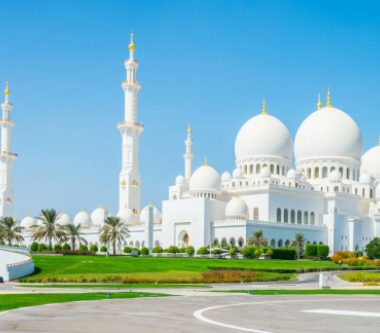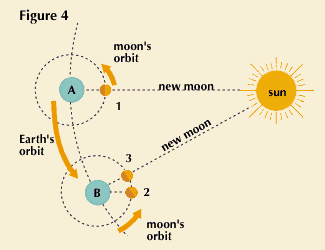
Fiqh al-Hilal is the derivation from crucial principles of the Quran, sunnah, and opinions of jurists on deciding when to finalise the beginning of a new Islamic month. It is the study of the correct method of determining the crescent for the beginning of the new Islamic month, which is to be certain of the end of the previous month and the start of the new month.
Interesting facts about the Moon:
The Moon is not a planet but a satellite of Earth.
The surface area of the Moon is 14,658,000 square miles or 9.4 billion acres.
Only 59% of the Moon's surface is visible from the Earth.
The Moon rotates at a speed of 10 miles per hour compared to the Earth's rotation of 1000 miles per hour.
From Earth, we always see the same side of the Moon; the other side is always hidden.
The dark spots we see on the Moon that make up the image of a man on the Moon are craters filled with basalt, a very dense material.
The Moon is the only extraterrestrial body ever visited by humans.
The Moon has no global magnetic field.
The diameter of the Moon is about 1/4 the diameter of the Earth.
About 49 moons would fit inside the Earth.
The rotation of the Moon around the Earth:
The Moon revolves around the Earth from west to east. This revolution of the Moon is known as a lunar month. The Moon completes a full revolution of the Earth every 27 days, 7 hours and 43 minutes.
Therefore, one would assume that the lunar month period should also be consistent. However, we notice that lunar months, i.e. the time from one crescent to the next crescent, can be either 29 days or 30.
The reason for this discrepancy is the movement of the Earth around the Sun. If the Earth remained in its position, the lunar month period would be 27 days, 7 hours, and 43 minutes. However, within that timeframe, the Earth would have also moved a considerable distance, with the Moon also participating in this movement with the Earth. So, the Moon has to cover more distance in its orbit to return to the original position between the Sun and the Earth, which can take up to 2 or 3 extra days (The variable days is due to what phase of the Earth's orbit we are in and the phase of the lunar orbits, i.e. perigee or apogee). Thus, it takes 29 days to return to the original shape or sometimes 30.

A complete rotation of the Moon around the Earth is 27.3 days, known as a Sidereal month. A lunar month (the time from one crescent to another crescent), 29 days, is called a Synodic Month.
Before understanding Fiqh Al-Hilal, it is essential to understand a few terms.
New Moon (MUHAAQ):
When the Moon completes its cycle in 27.3 days, it must travel further to come directly in front of the Sun, which is the birth of the new Moon. This new Moon is called Muhaaq. At this point, the Moon is completely dark.
Crescent (Hilal):
When the New Moon revolves and comes before sunlight, sunlight reflecting off the Moon becomes visible. This is described as Hilal.
Moon-rising (Matla'):
Linguistically, it refers to a place of rising of an astronomical body. Its plural is known as Mataali'. The point at which the Moon rises is called the Matla' of the crescent.
 THE UK AND EUROPE HILAL FORUM
THE UK AND EUROPE HILAL FORUM



Add new comment